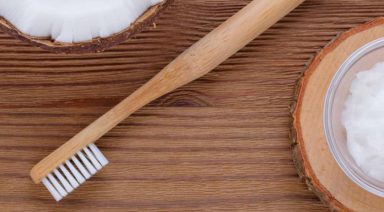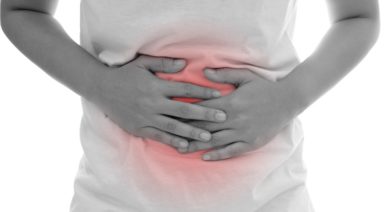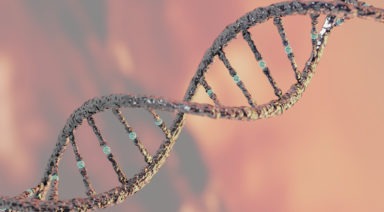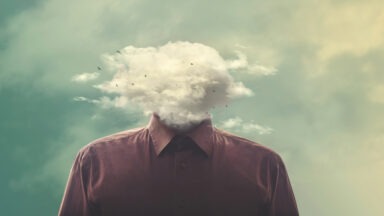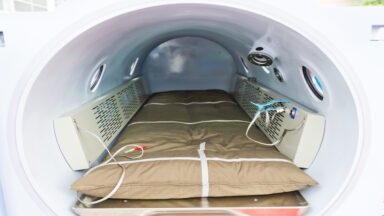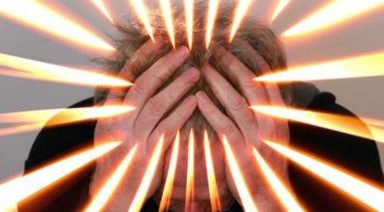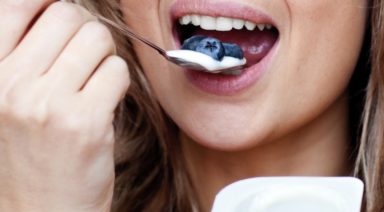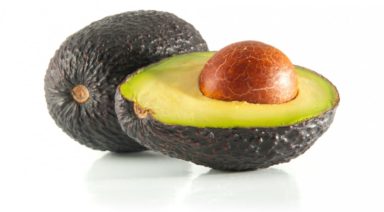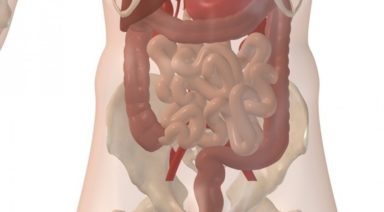Study Finds Lack of These Two Gut Bacteria May Lead to Depression

As studies of our microbiota become more focused, scientists have realized that our guts are inextricably linked to the brain and its functions. We now know our gut definitively factors into decision making, though we’ve probably known this informally for hundreds of years, hence the phrase “go with your gut instinct.” And now a new study believes it has pinpointed two specific species of bacteria that, when missing from our microbiome, may lead to depression.
According to the study recently published in the journal Nature Microbiology, out of a group of 2,000 participants, researchers found that those reporting symptoms of depression were lacking two particular strains of bacteria in their gut – Coprococcus and Dialister.
Coprococcus in particular was found to be a pathway for dopamine, the neurotransmitter believed to play a role in our brain’s reward system – one that’s known to dysregulate in people experiencing depression.
Though their results are only early indicators that will require significantly more research to be applicable for any future treatment, these two bacterial strains could lead to a future in which doctors might prescribe probiotics to treat mental disorders, or what some are referring to as “psychobiotics.”
The ability for our gut bacteria to send neurotransmitters between the brain and our gut’s brain, the enteric nervous system, is not found in bacteria outside of our guts and is believed to have evolved as we did.
This enteric nervous system, often called our second brain, contains somewhere in the range of 200 to 500 million neuronal pathways of its own – about the same as a dog’s brain – and communicates with the cerebellum through a two-way highway called the vagus nerve.
Our gut microbiome has something in the range of 500 to 1000 different species of bacteria, with scientists continuously discovering new ones. And in this most recent study, of the more than 500 strains tested, 90 percent of those strains were capable of producing neurotransmitters.
These bugs in our gut form somewhere in the range of three to five pounds of biomass and have essentially evolved to control our behavior. Along with the fungi, viruses, archaea, and other microbial cells, our guts are believed to contain somewhere in the range of 37 trillion bacterial cells. And unless we proactively maintain them, losing diversity in our microbiota can have severely negative side-effects. Now we’re closer to knowing that depression may be one of them.
Could Cobra Venom Replace Opioids in Treating Chronic Pain?

The King Cobra’s bite can kill you within 30 minutes, however, the same substance has also been developed into a drug that can ease chronic pain that even the strongest synthetic painkillers can’t touch. And today, along with venoms from an array of other creatures, cobra venom is showing great promise in the fight against a number of deadly diseases.
People have used venoms as medicines for thousands of years; Chinese medicine, Ayurveda, and homeopathy, and other traditional systems of medicines have all recognized the potency of venoms and used them to treat pain, inflammation, cardiovascular disease, and more. Western medicine got involved in the early 1980s, when the first venom-derived drug Captopril, was approved by the FDA for use in hypertension. Today, there’s been a resurgence of interest among researchers and the pharmaceutical industry owing to advances in the study of these compounds.
The most recent study out of Florida Atlantic University shows the potential of cone snail venom in treating severe malaria.



